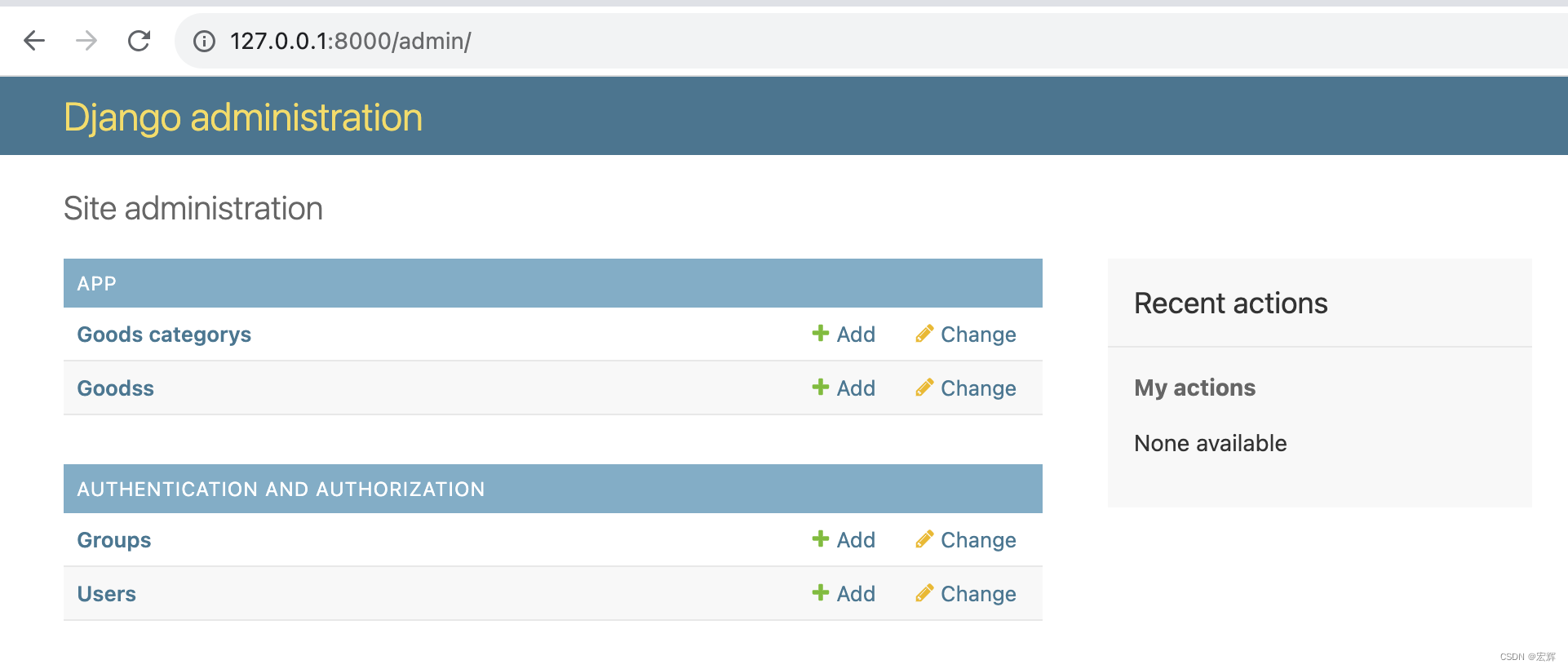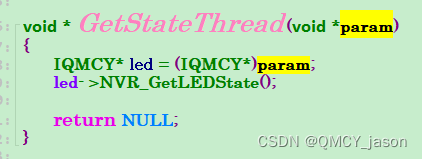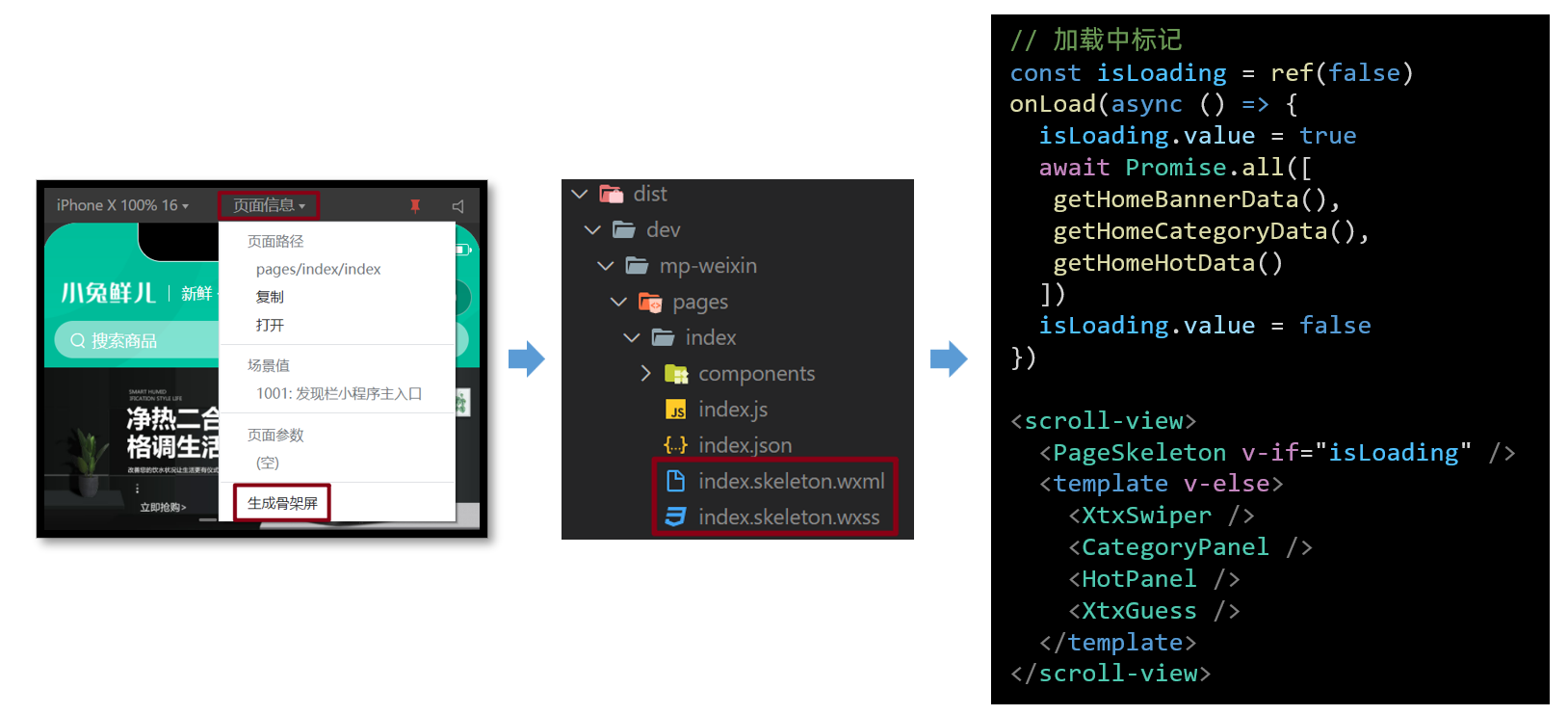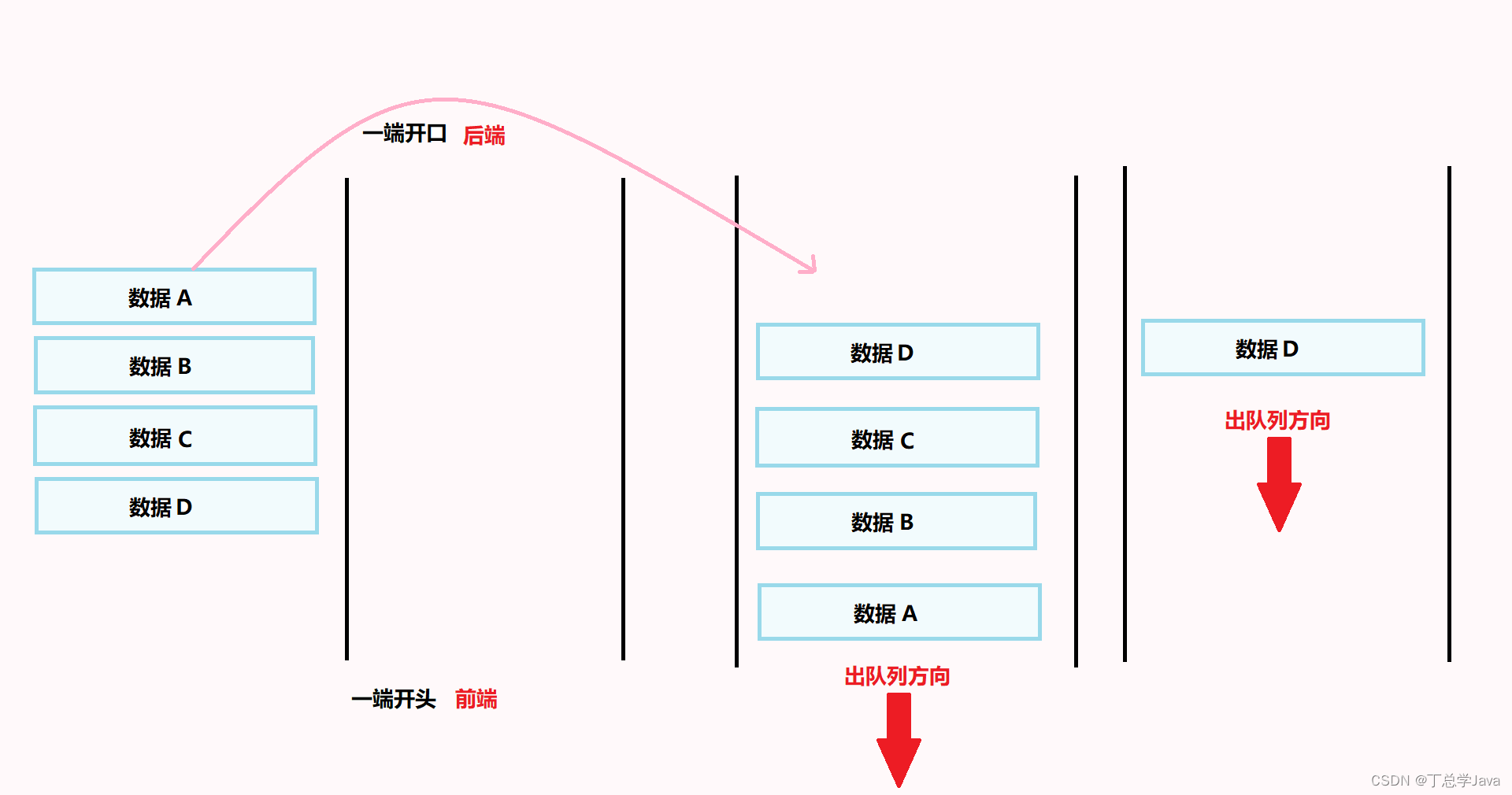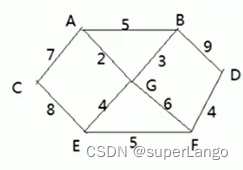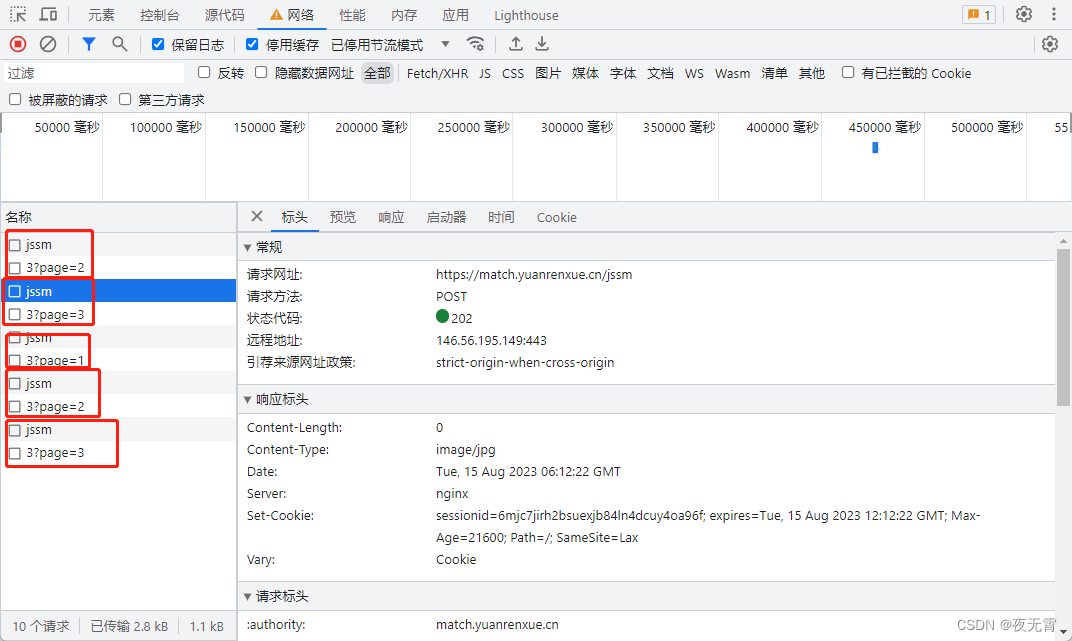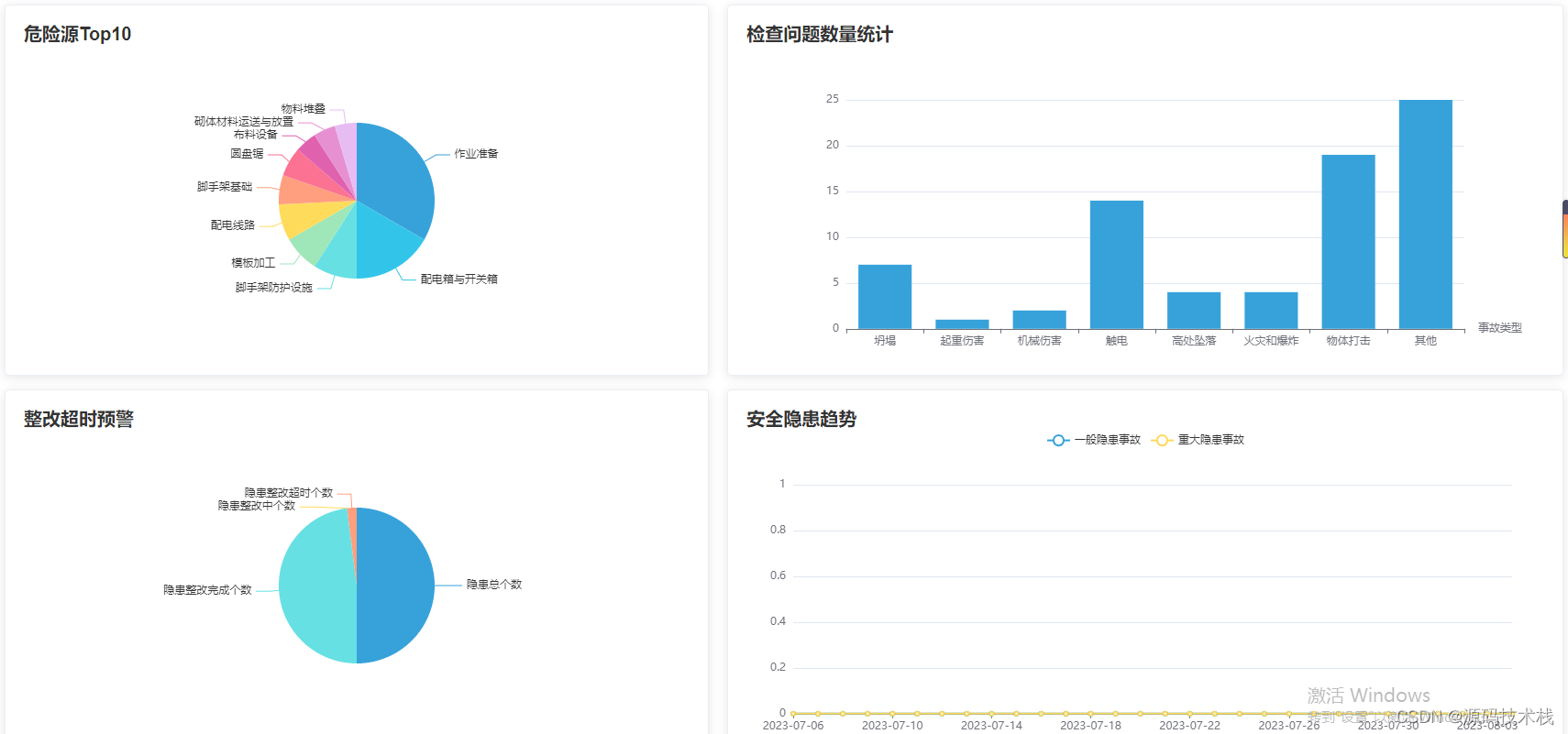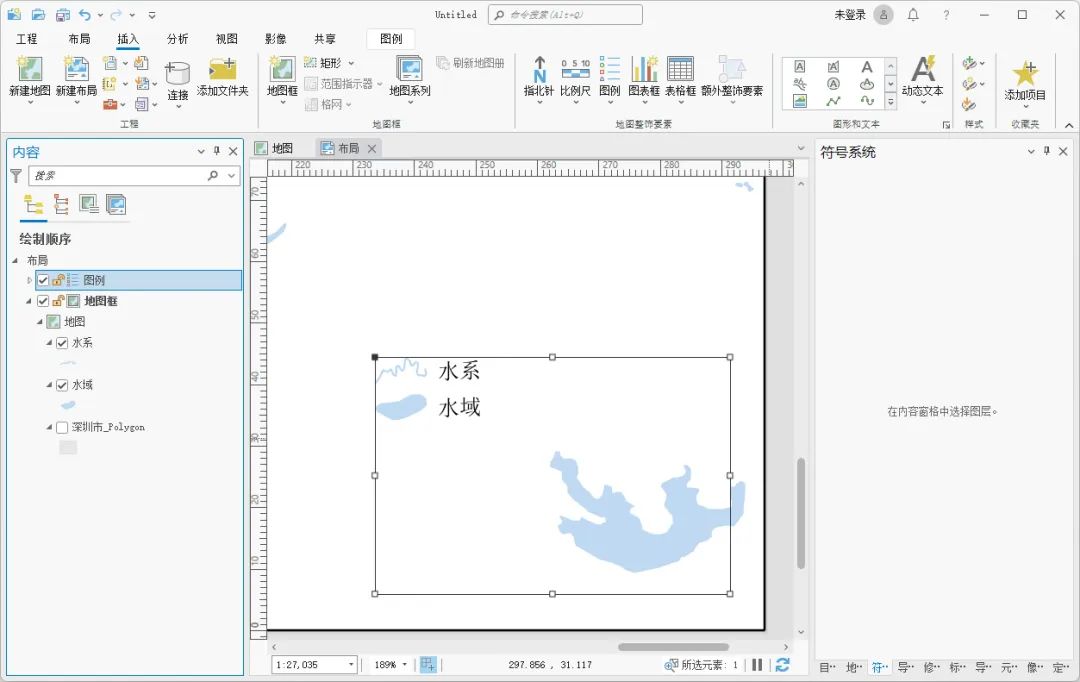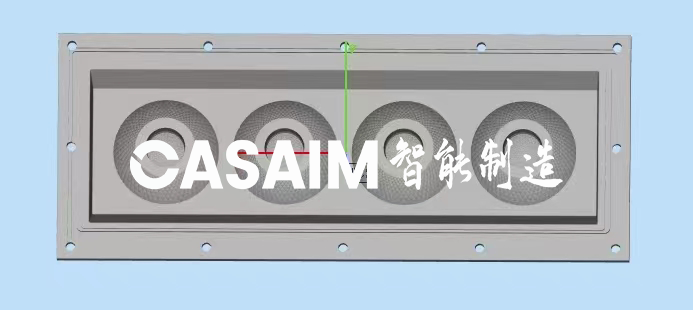Java多线程实战
java多线程(超详细)
java自定义线程池总结
Java创建线程方式
-
方法1,继承Thread类
-
方法2,实现Runable接口
-
方法2-2,匿名内部类形式+lambda表达式
-
方法3,实现Callable接口,允许有返回值
-
方法4,线程池方式
常见线程池:

public class ThreadTest {
public static void main(String[] args) {
// 方法一
MyThread myThread = new MyThread();
myThread.start();
// 方法2
MyRunable myRunable = new MyRunable();
Thread thread = new Thread(myRunable);
thread.start();
// 方法2-2
Thread thread1 = new Thread(() -> {
try {
Thread.sleep(5);
System.out.println(Thread.currentThread().getName() + "匿名线程形式运行中");
Thread.sleep(100);
} catch (InterruptedException e) {
throw new RuntimeException(e);
}
});
thread1.start();
// 方法3
MyCallable myCallable = new MyCallable();
FutureTask futureTask = new FutureTask<>(myCallable);
Thread thread2 = new Thread(futureTask);
thread2.start();
try {
Object o = futureTask.get();
System.out.println(o);
} catch (InterruptedException e) {
throw new RuntimeException(e);
} catch (ExecutionException e) {
throw new RuntimeException(e);
}
// 方法4-线程池,常有线程池
ExecutorService threadPool = Executors.newFixedThreadPool(10);
threadPool.execute(myThread);
threadPool.execute(myRunable);
Future<?> ret = threadPool.submit(() -> {
try {
Thread.sleep(5);
System.out.println(Thread.currentThread().getName() + "Callable形式运行中");
Thread.sleep(100);
} catch (InterruptedException e) {
throw new RuntimeException(e);
}
return "yangshun";
});
try {
System.out.println(ret.get());
} catch (InterruptedException e) {
throw new RuntimeException(e);
} catch (ExecutionException e) {
throw new RuntimeException(e);
}
threadPool.shutdown();
// 方法4-2:自定义线程池
ThreadPoolExecutor pool = new ThreadPoolExecutor(
1, //coreSize
2, //MaxSize
60, //60
TimeUnit.SECONDS,
new ArrayBlockingQueue<Runnable>(3), //指定一种队列 (有界队列),
new ThreadPoolExecutor.CallerRunsPolicy() //自定义拒绝策略
//, new DiscardOldestPolicy() //可以使用默认拒绝策略
);
ThreadPoolExecutor executor = new ThreadPoolExecutor(
// 核心线程数
3,
// 最大线程数
5,
// 空闲线程最大存活时间
60L,
// 空闲线程最大存活时间单位
TimeUnit.SECONDS,
// 等待队列及大小
new ArrayBlockingQueue<>(100),
// 创建新线程时使用的工厂
Executors.defaultThreadFactory(),
// 当线程池达到最大时的处理策略
// new ThreadPoolExecutor.AbortPolicy() // 抛出RejectedExecutionHandler异常
new ThreadPoolExecutor.CallerRunsPolicy() // 交由调用者的线程执行
// new ThreadPoolExecutor.DiscardOldestPolicy() // 丢掉最早未处理的任务
// new ThreadPoolExecutor.DiscardPolicy() // 丢掉新提交的任务
);
// 总共5个任务
for (int i = 1; i <= 5; i++) {
int taskIndex = i;
executor.execute(() -> {
System.out.println("线程 " + Thread.currentThread().getName() + " 正在执行任务 " + taskIndex);
// 每个任务耗时1秒
try {
TimeUnit.SECONDS.sleep(1);
} catch (InterruptedException e) {
e.printStackTrace();
}
});
}
executor.shutdown();
System.out.println("主线程运行结束");
}
@Test
public void test() {
ExecutorService threadPool = Executors.newCachedThreadPool();
for(int i = 0; i < 100; i++) {
try {
Thread.sleep(100);
} catch (InterruptedException e) {
throw new RuntimeException(e);
}
threadPool.execute(new Runnable() {
@Override
public void run() {
System.out.println(Thread.currentThread().getName() + "正在执行中。。。");
try {
Thread.sleep(1000);
} catch (InterruptedException e) {
throw new RuntimeException(e);
}
}
});
}
threadPool.shutdown();
}
}
class MyCallable implements Callable{
@Override
public Object call() throws Exception {
try {
Thread.sleep(5);
System.out.println(Thread.currentThread().getName() + "Callable形式运行中");
Thread.sleep(100);
} catch (InterruptedException e) {
throw new RuntimeException(e);
}
return "运行成功!yes";
}
}
class MyThread extends Thread {
@Override
public void run() {
try {
Thread.sleep(5);
System.out.println(Thread.currentThread().getName() + "运行中");
Thread.sleep(100);
} catch (InterruptedException e) {
throw new RuntimeException(e);
}
}
}
class MyRunable implements Runnable {
@Override
public void run() {
try {
Thread.sleep(5);
System.out.println(Thread.currentThread().getName() + "Runable形式运行中");
Thread.sleep(100);
} catch (InterruptedException e) {
throw new RuntimeException(e);
}
}
}
SpringBoot创建线程方式
【并发编程】SpringBoot创建线程池的六种方式
java并发学习–第二章 spring boot实现线程的创建
CompletableFuture使用
Java多线程(十): FutureTask CompletableFuture详解
